Kenya leather industry investors has received a major boost after the government launched an industrial development zone for the sector. This is the first government-led industrial since 1992 when the Export Processing Zones were unveiled.
The Kenya Leather Park is in line with Kenya’s Vision 2030, which aims to transform the country into a newly industrialised economy. The Kenya Leather Park (KLP) is set on a 500-acre site to encourage value-addition and innovation geared at unlocking economic potential of the leather sector.
It is expected to create an enabling environment to attract and facilitate increased foreign and domestic Direct investments. Currently, 90% of Kenya’s leather exports valued at $94 million are unfinished wet blue leather. Further processing of finished leather and leather goods would create an additional 35,000 jobs and substitute a portion of $86 million in shoe imports yearly.
The Ministry of Industry, Trade and Cooperatives, through its implementing agencies, the Export Processing Zones Authority (EPZA) and the Kenya Leather Development Council (KLDC), on Wednesday held an investor briefing the Kenya Leather Park at Kinanie, Machakos County.
Kenya Leather Development Council Chairman, Mr Titus Ibui said they are working to propel the leather industry to greater heights. The Kenya Leather Park will also provide potential investors with incentives ranging from tax benefits and a wide range of park services to boost competitiveness.
[crp]
According to the Kenya Leather Industry diagnosis strategy and action plan, demand for leather has risen globally and continues to grow. Leather production globally is estimated at $100 billion with Africa contributing to $4 billion of the production, while Kenya provides a supply of $ 140 million.
The Kenya Leather Park will accommodate footwear manufacturers, leather tanneries, packaging and logistics companies including small and medium enterprises. It will comprise a high-tech shared effluent treatment plant with adequate water supply.
It will also feature Industrial facilities for tanneries and manufacturers of leather goods and will have showroom facilities to showcase finished products, while supporting a residential complex, schools, training centers and health facilities.
“The Kenya Leather Park will open various channels for Kenya leather to benefit from as well as drive the economic growth,” said Mr Adan Mohamed, the Cabinet Secretary of the Ministry of Industry, Trade and Cooperatives. “In line with the economic pillar of vision 2030 the KLP is one of the key developmental projects that will drive the country in achieving its target of an average economic growth rate of 10% per annum.”

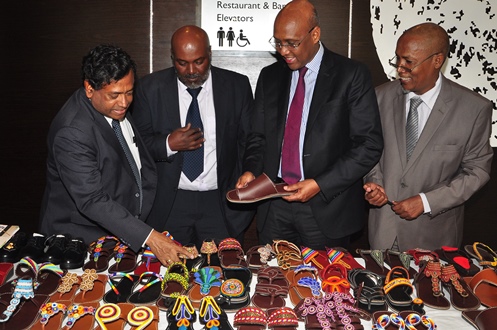


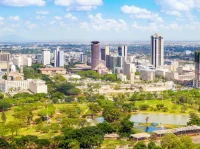
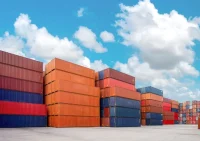





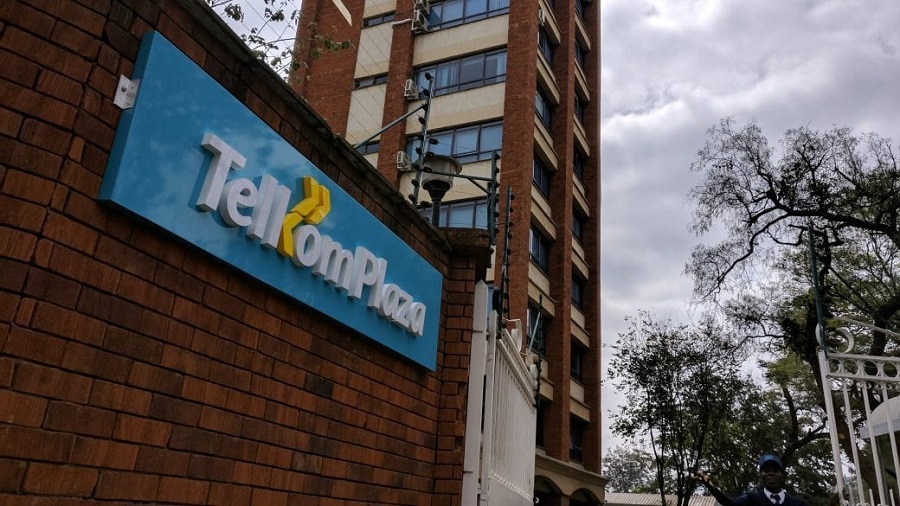

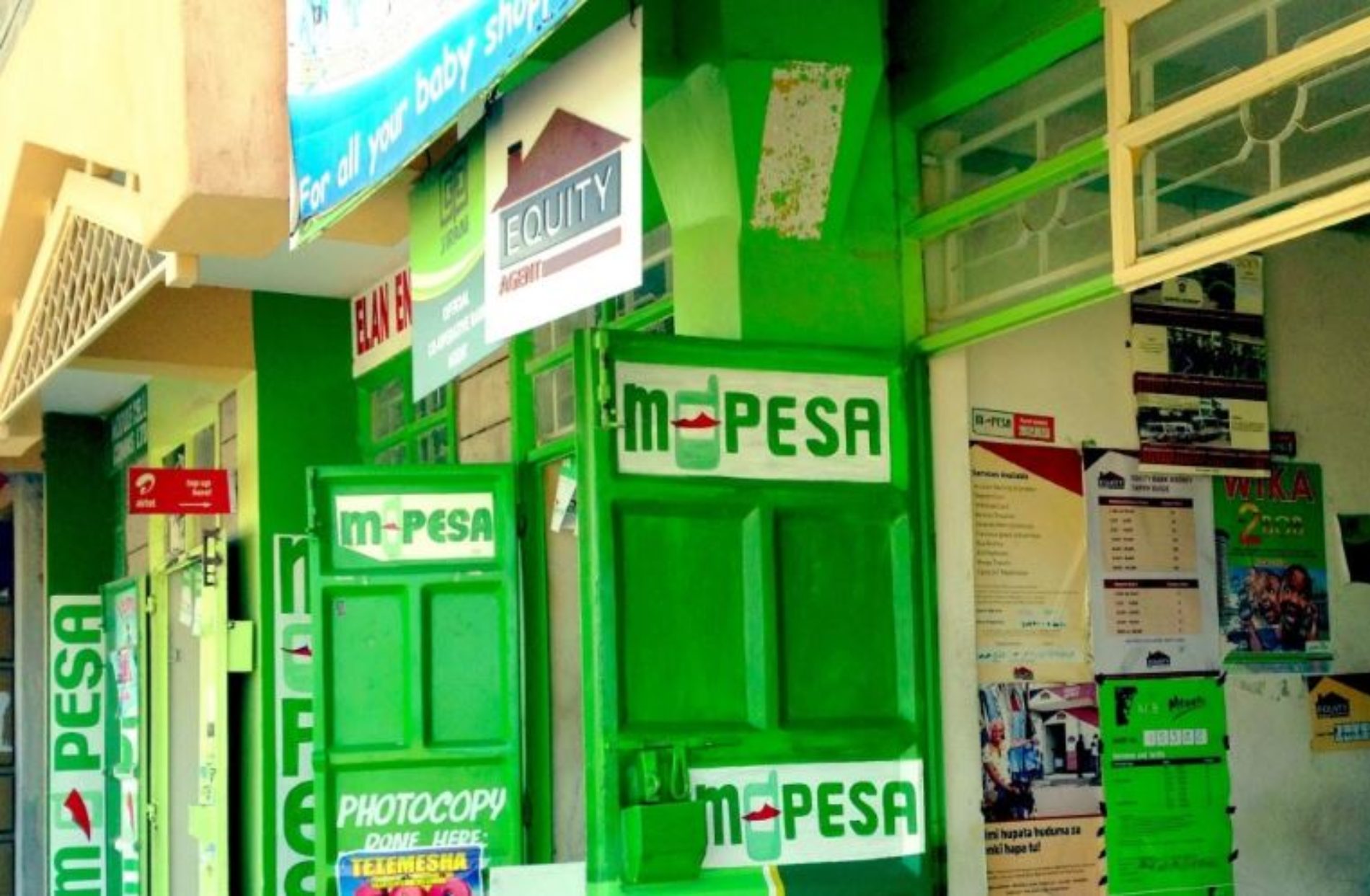



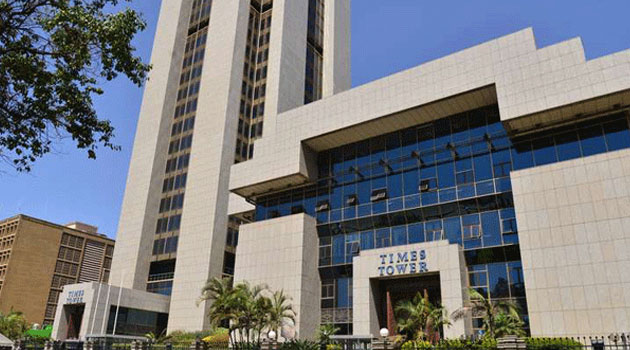

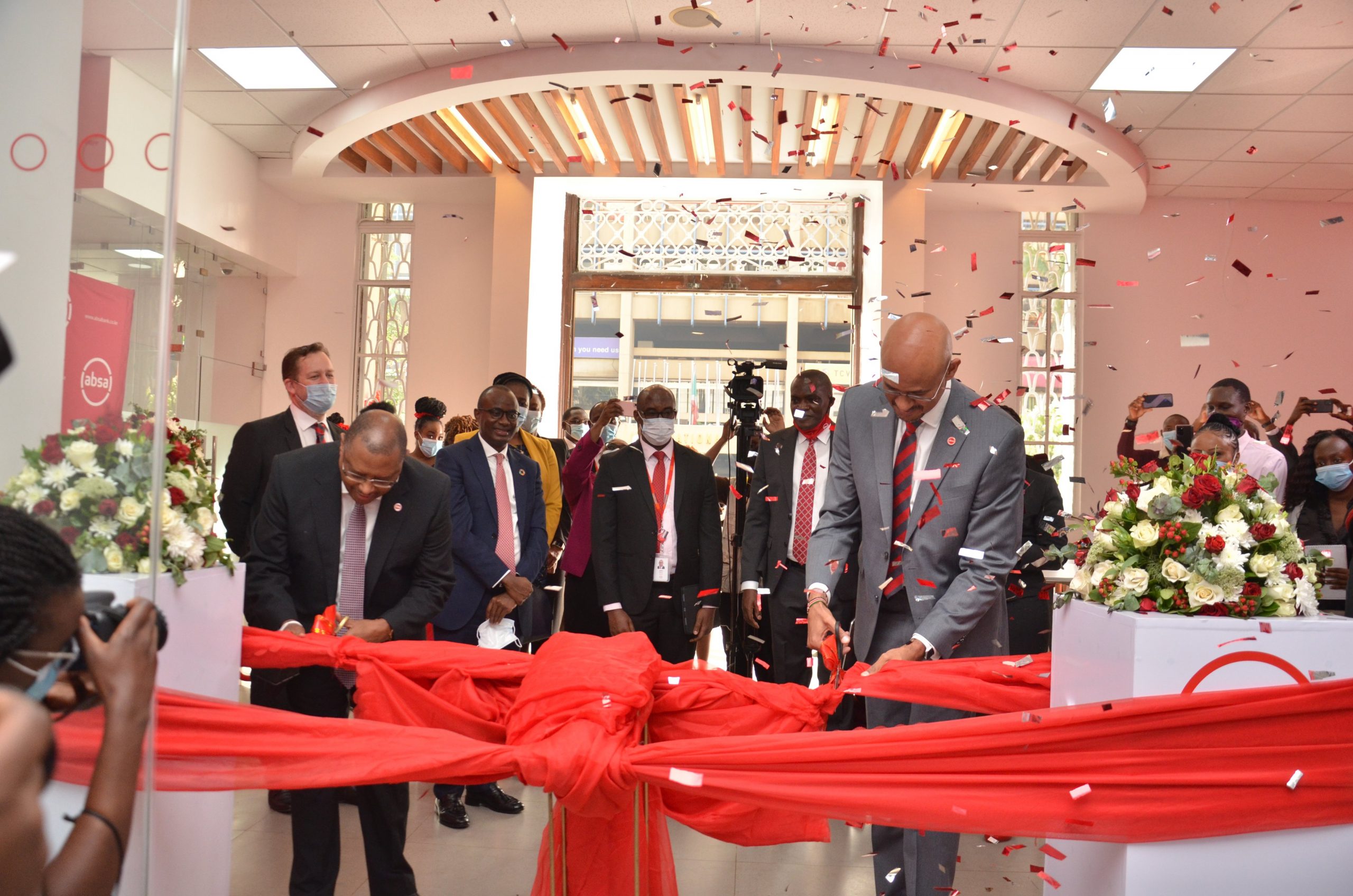


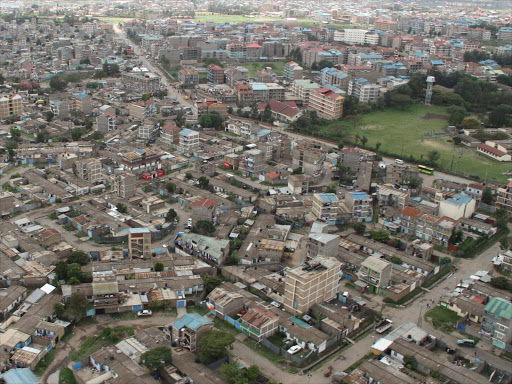


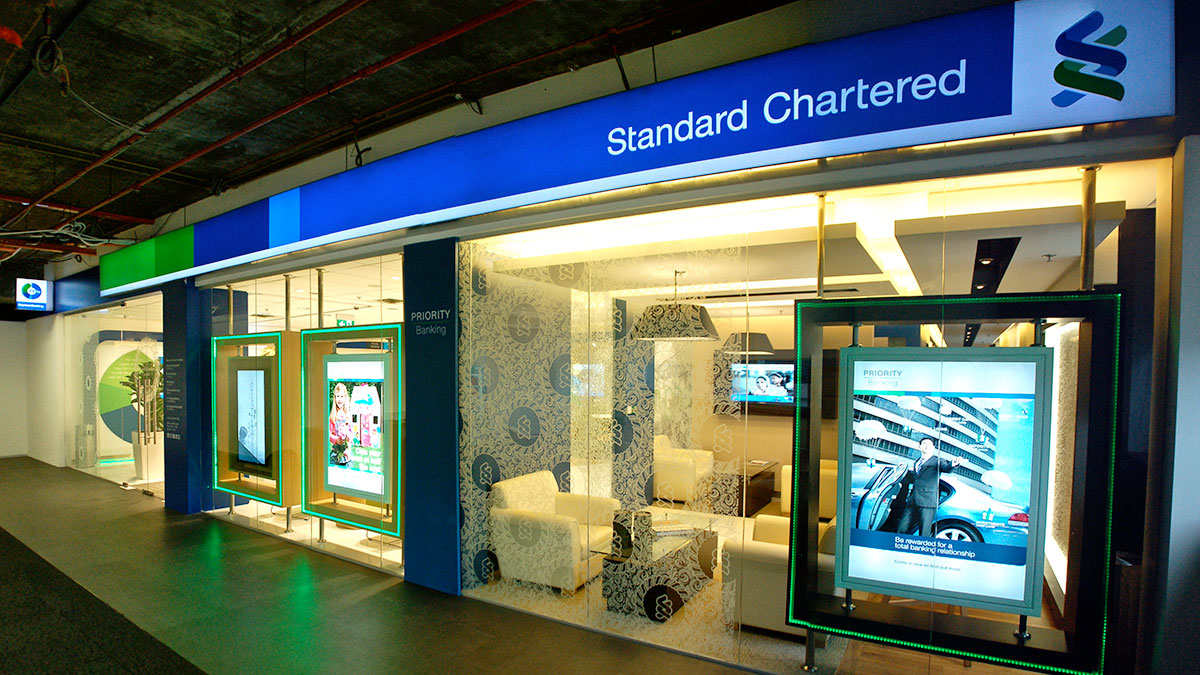
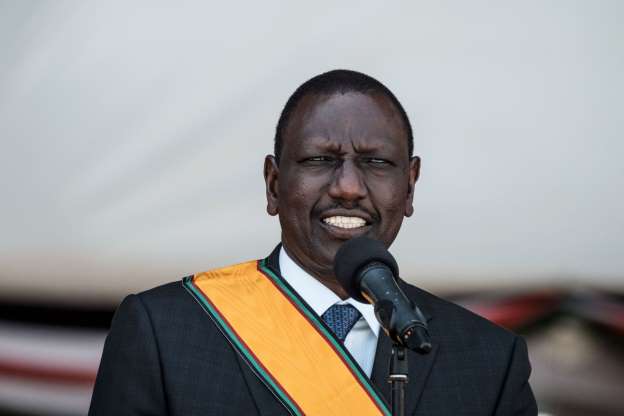
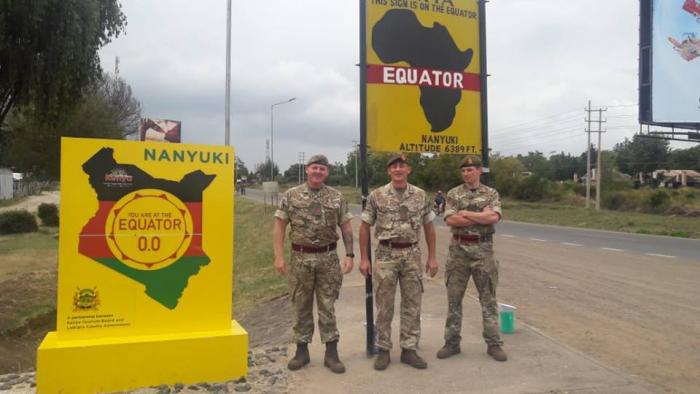



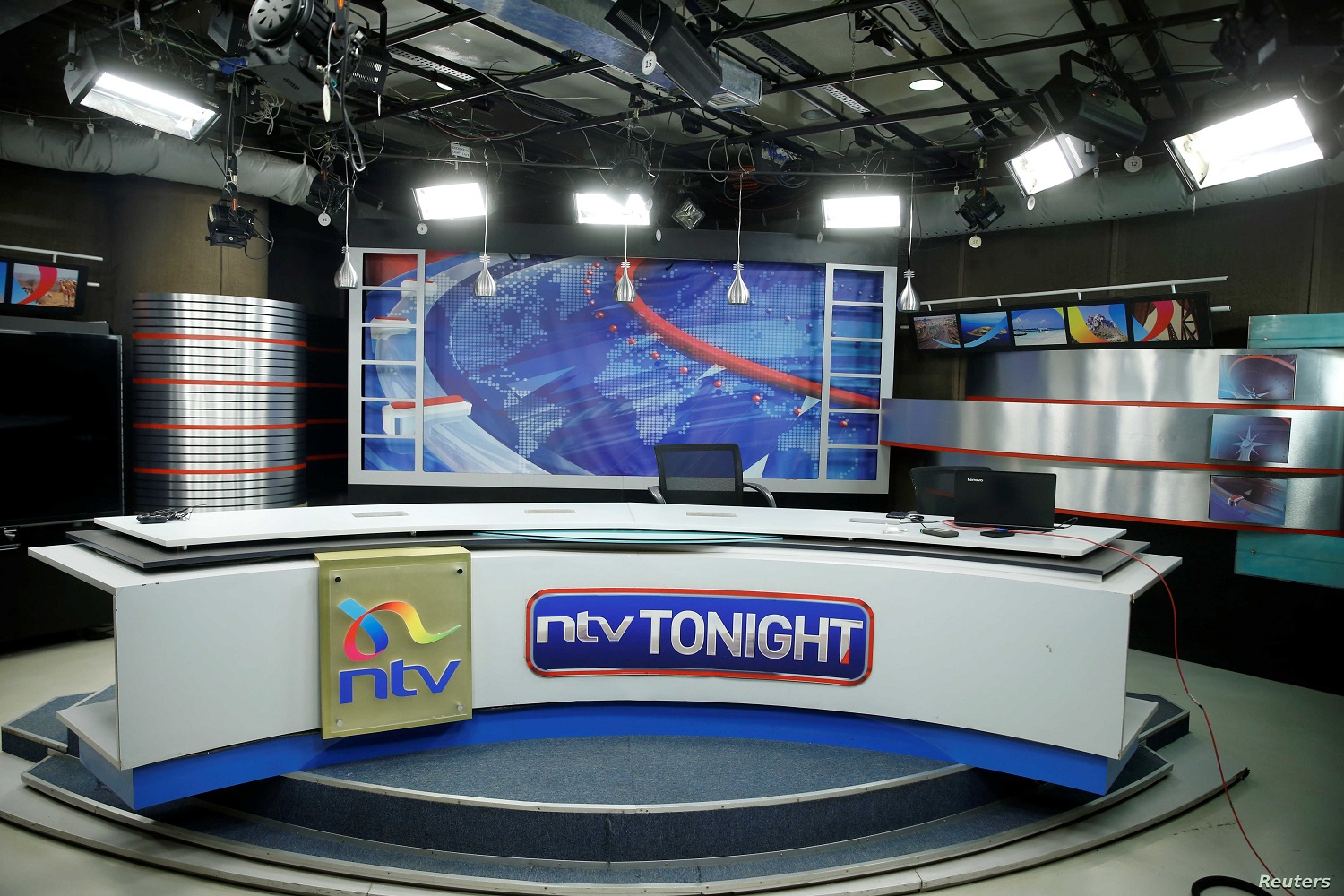




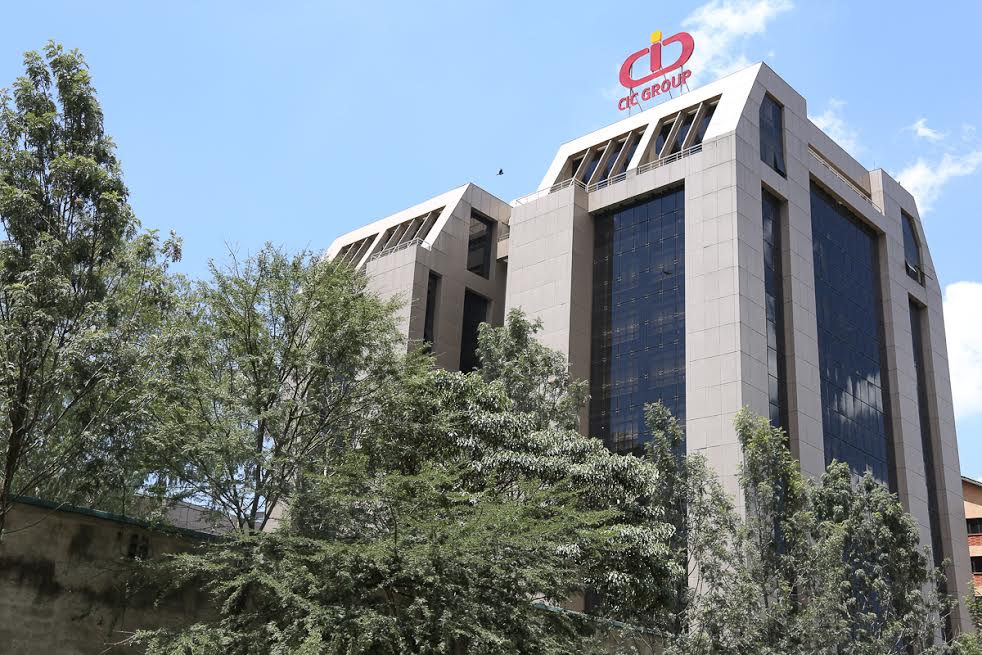
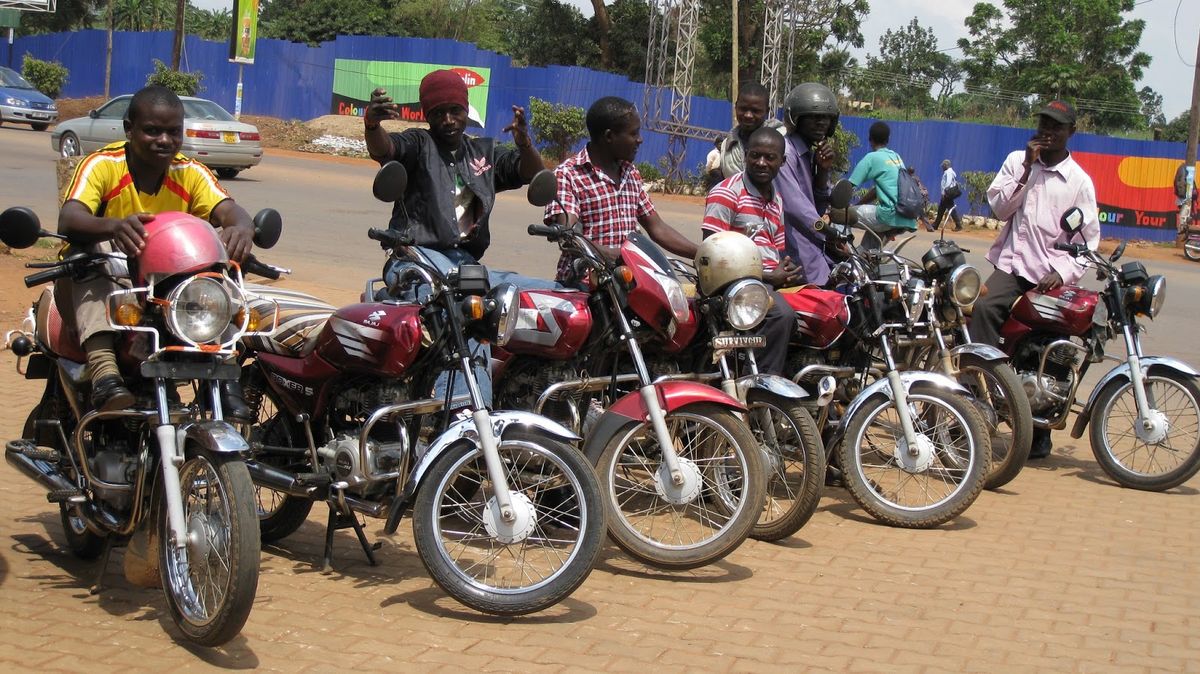



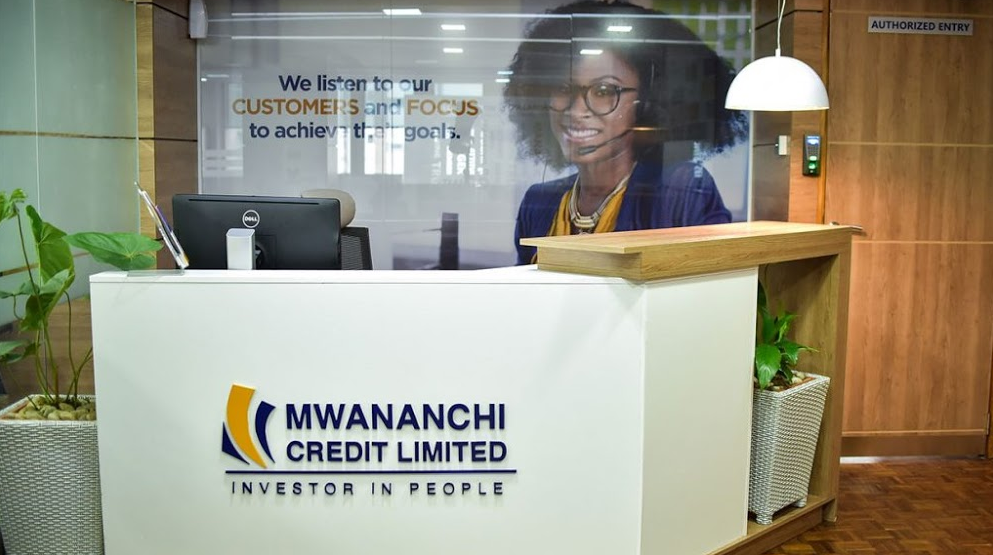
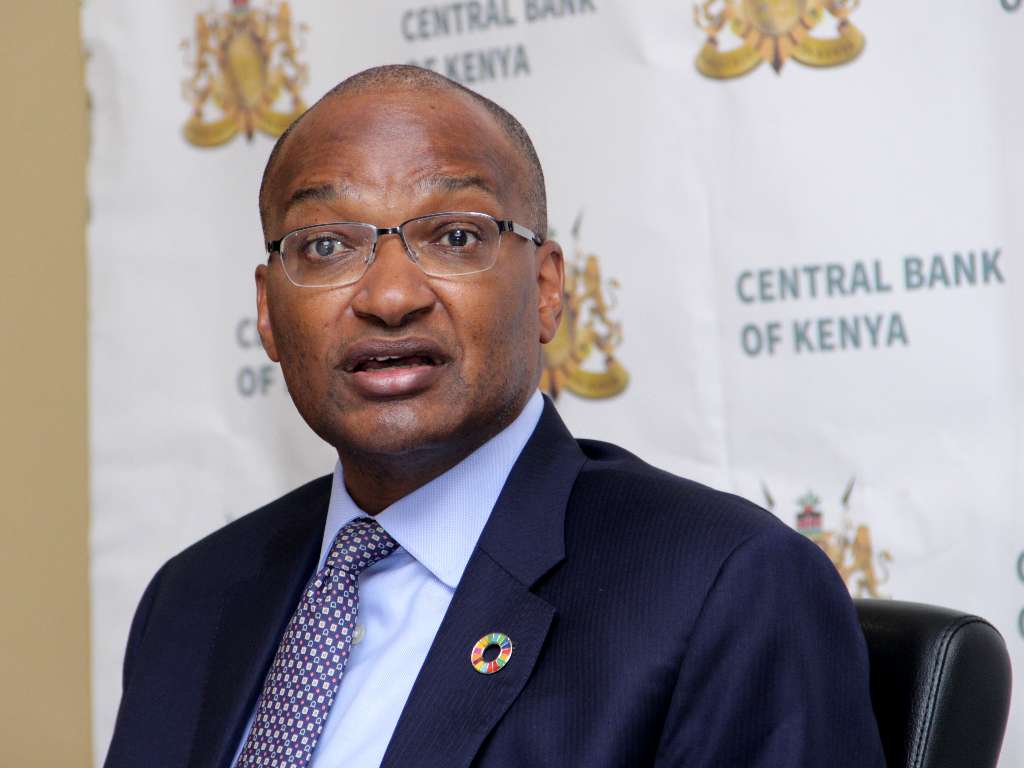
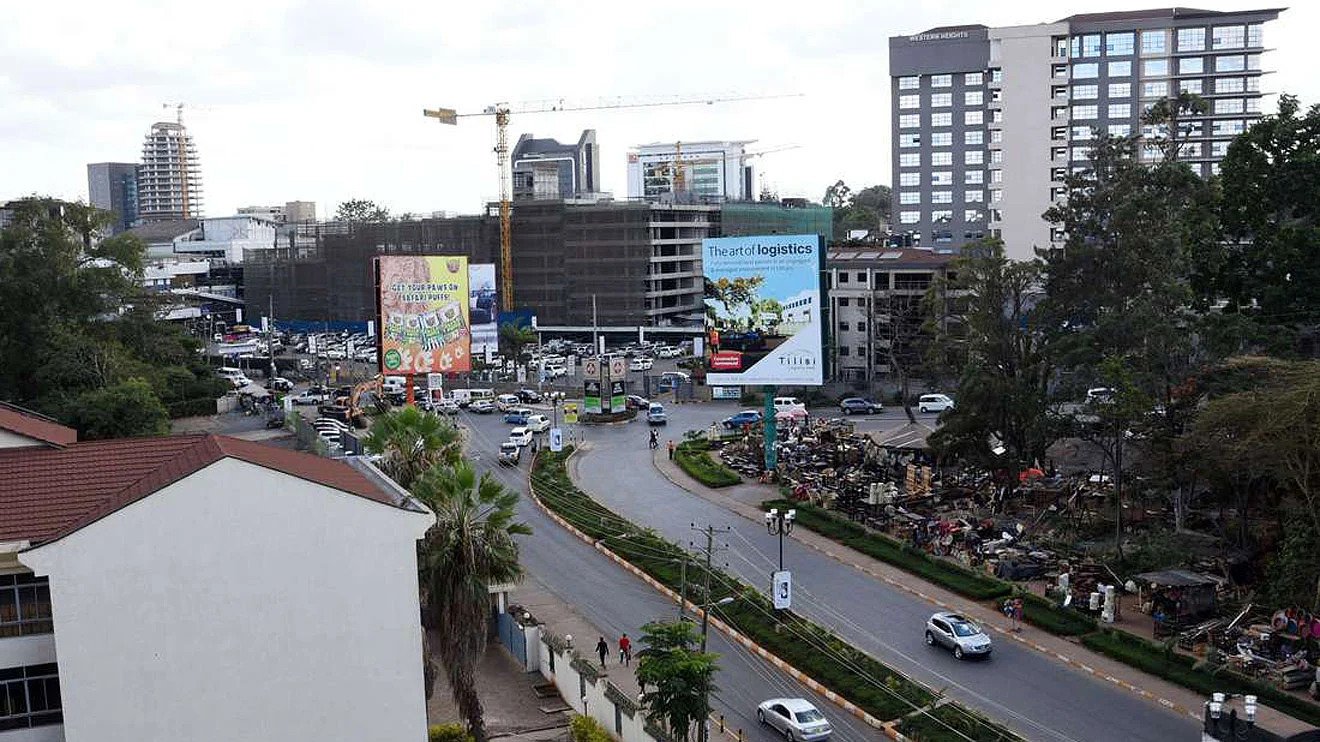


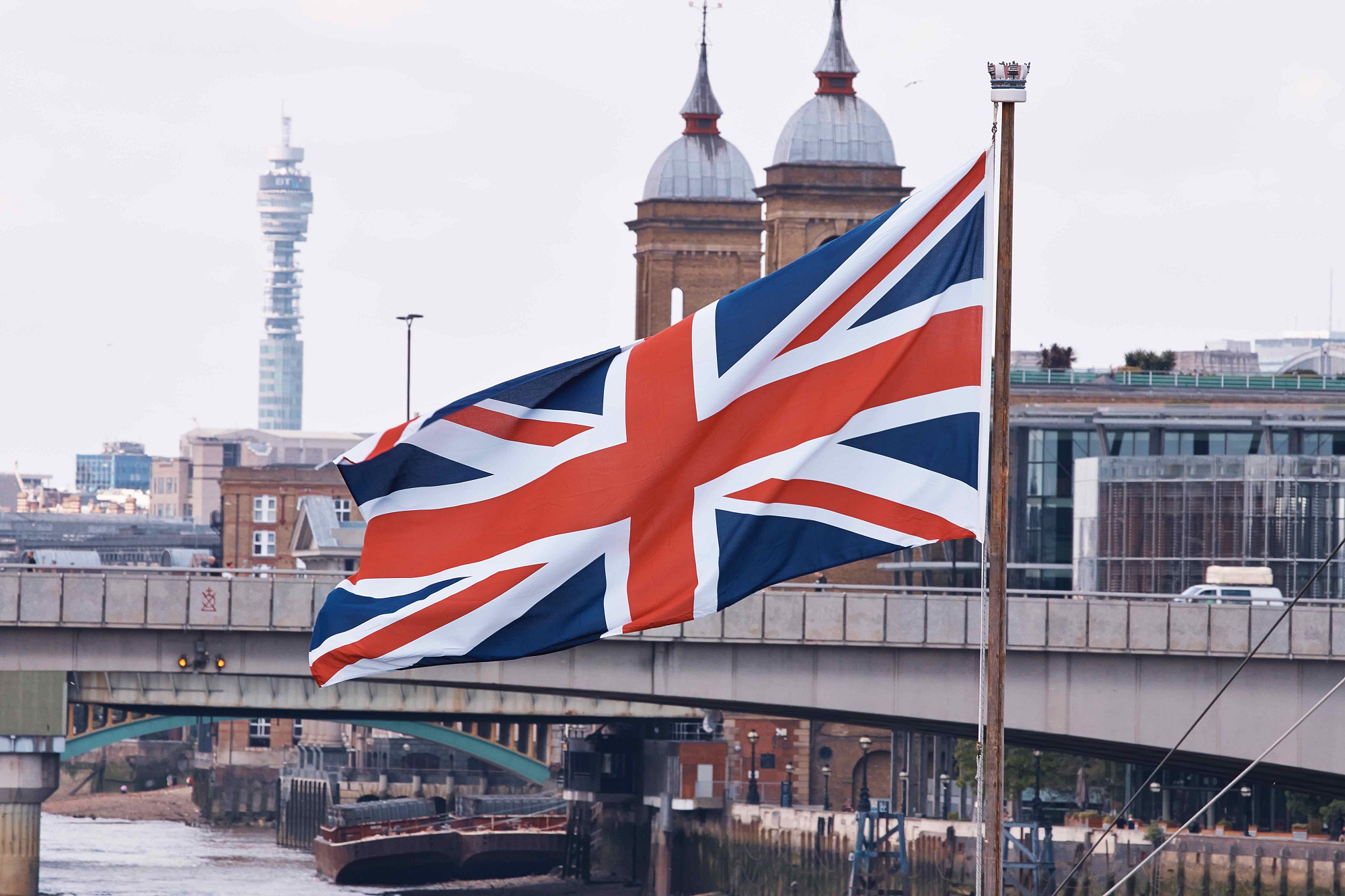
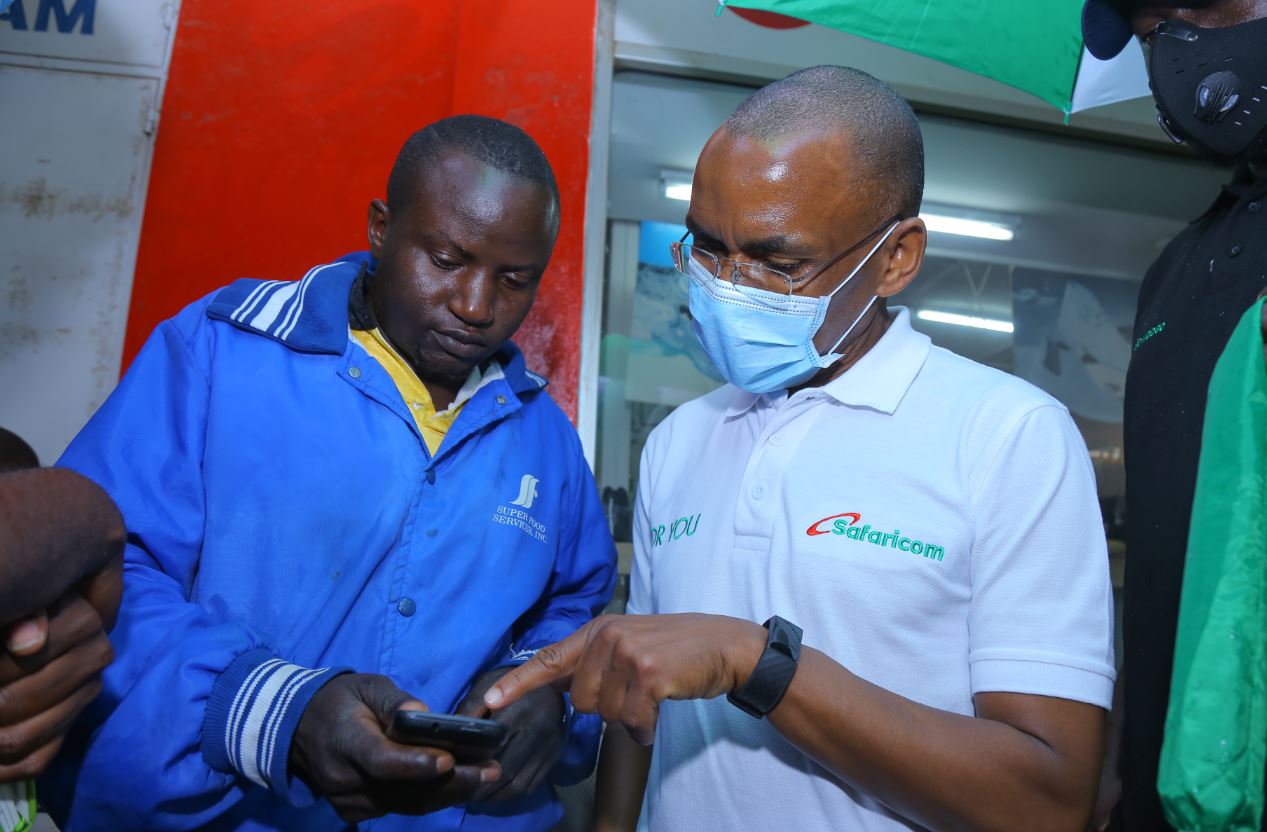
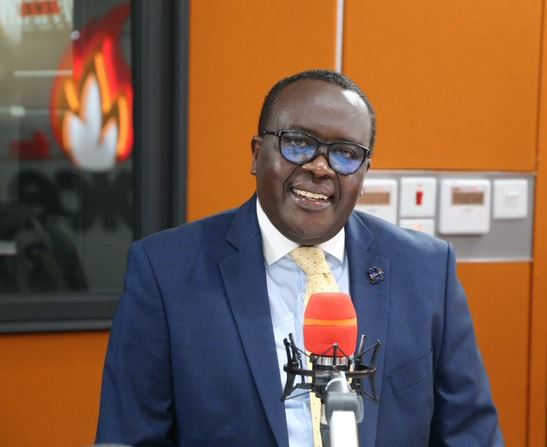

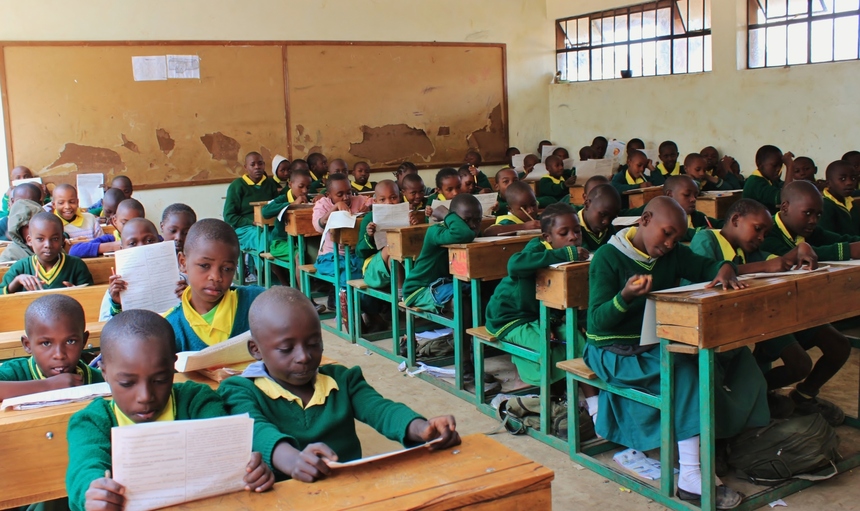
![Pula Co-Founders and Co-CEOs, Rose Goslinga & Thomas Njeru. Pula provides agricultural insurance and digital products to help smallholder farmers manage climate risks, improve farming practices and increase their incomes. [ Photo / Courtesy ]](https://businesstoday.co.ke/wp-content/uploads/2021/01/Pula-Co-Founders-and-Co-CEOs-Thomas-Njeru-Rose-Goslinga.jpg)

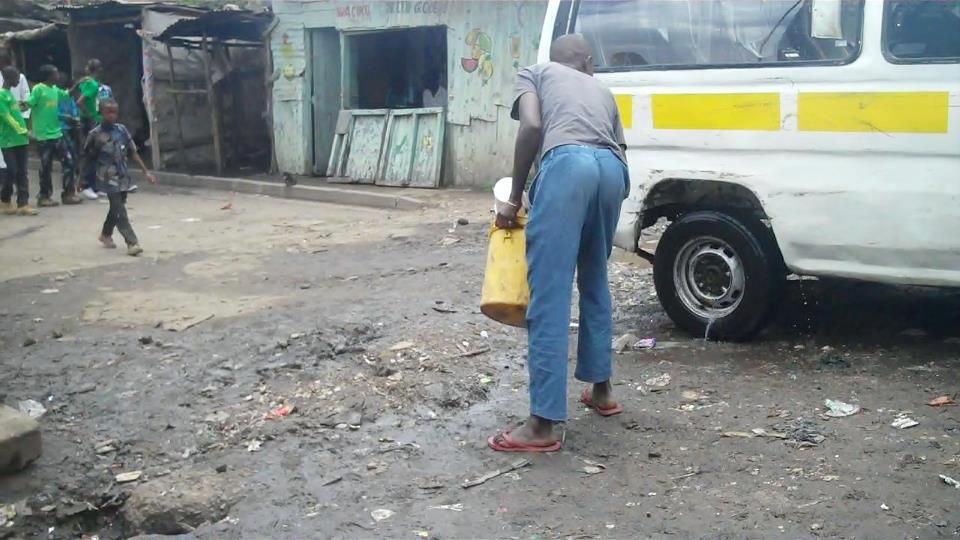





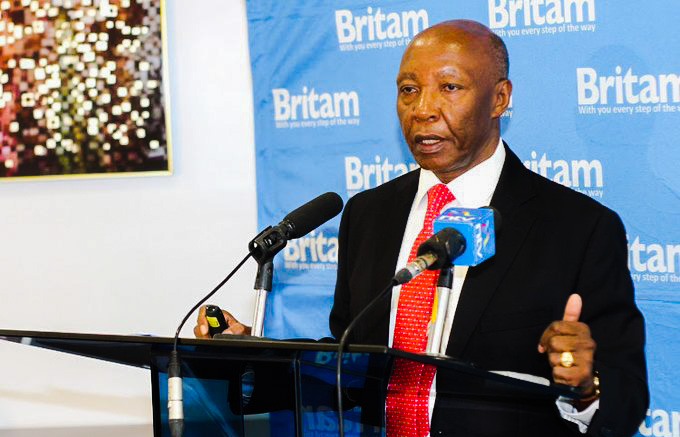
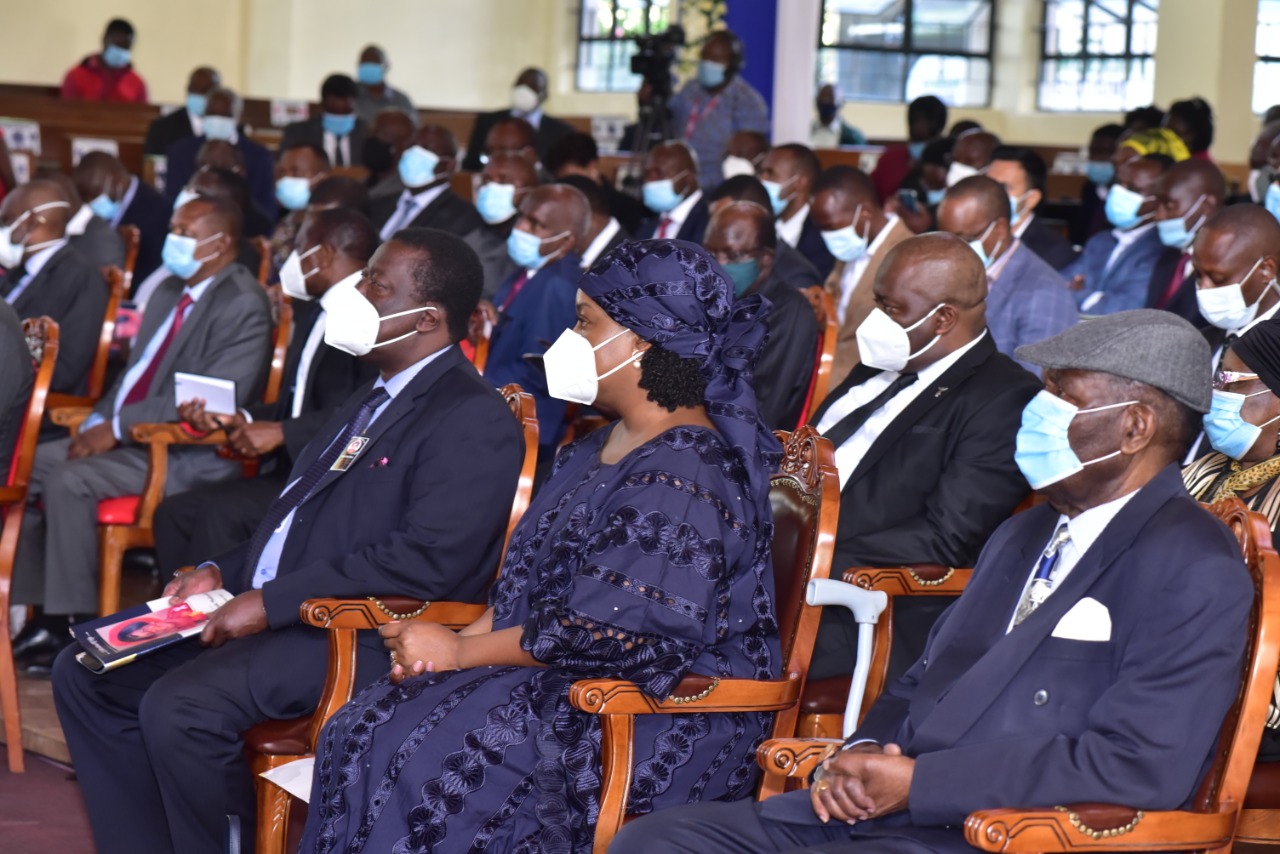
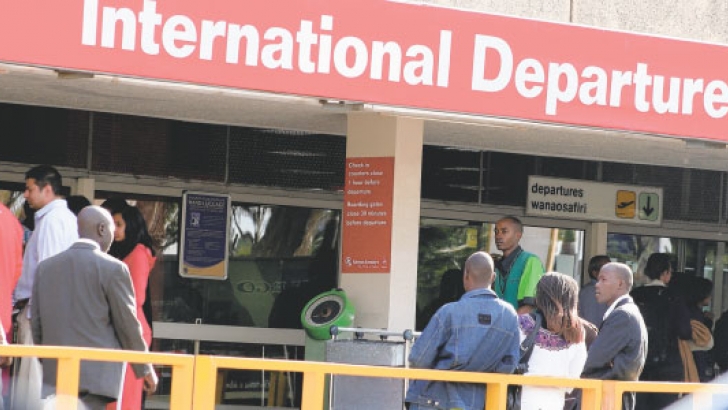
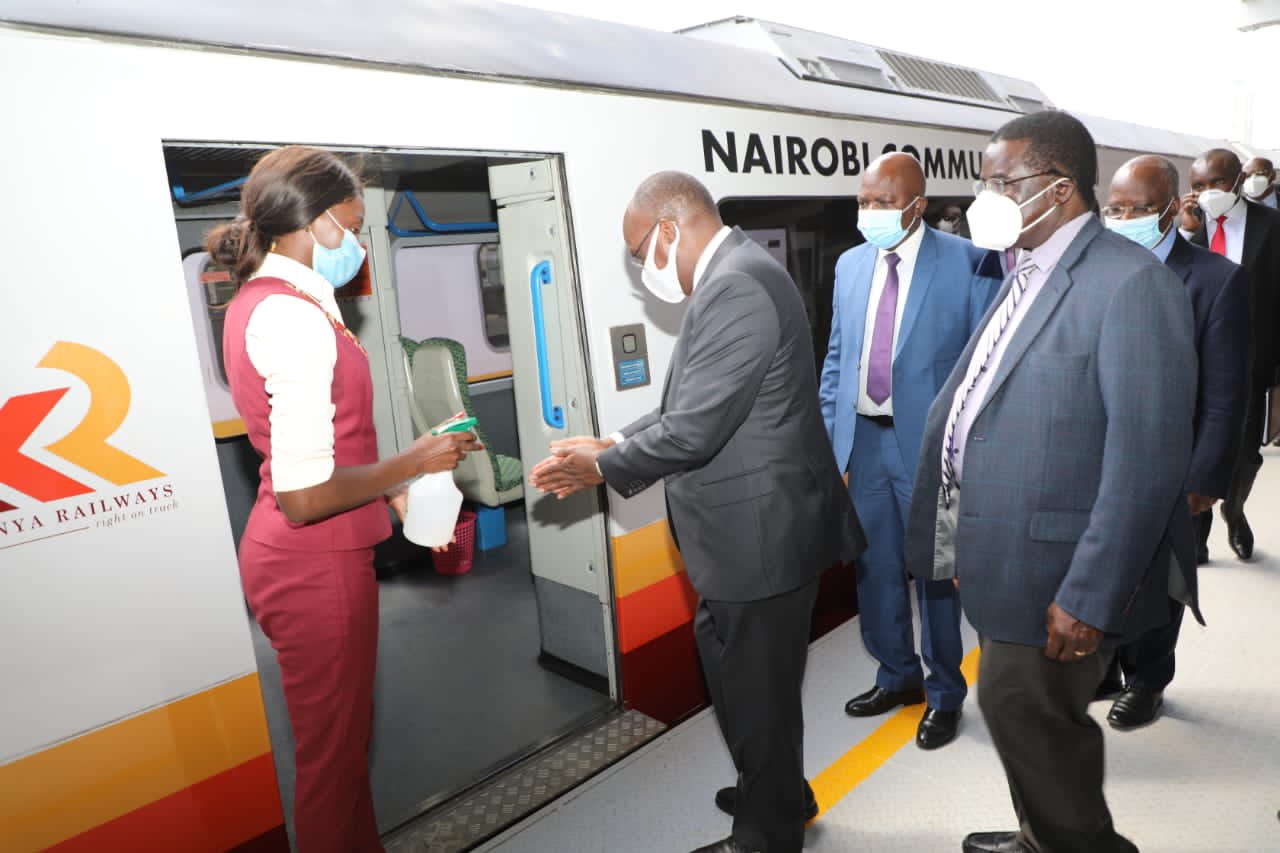

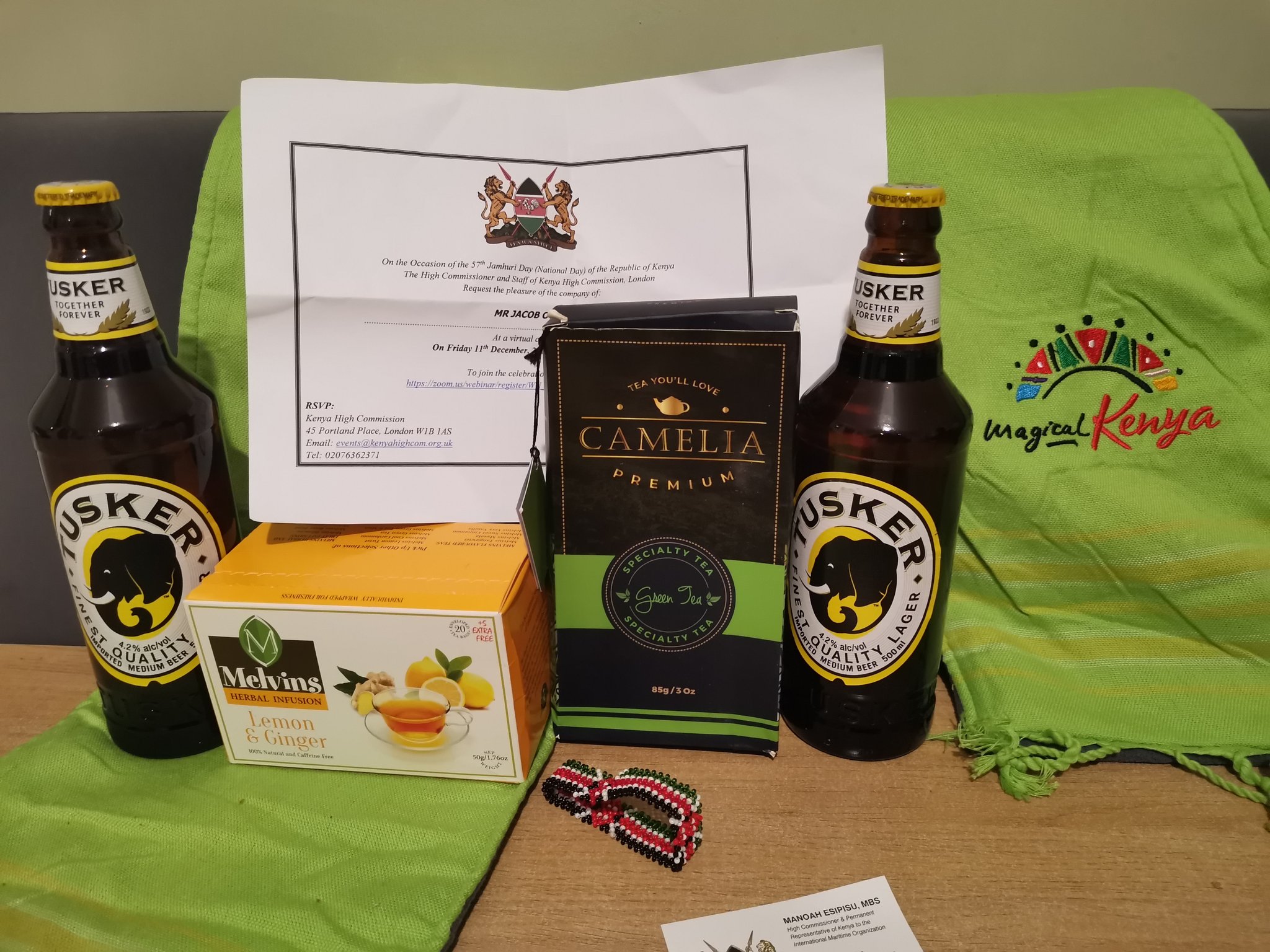

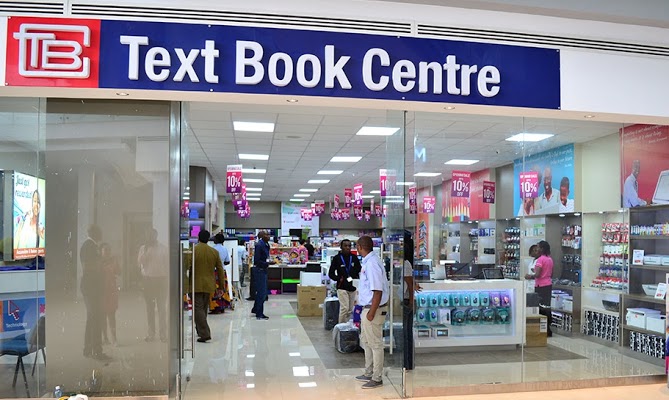
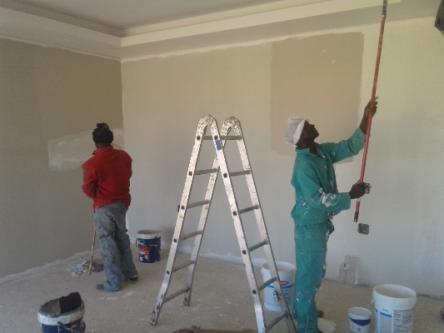
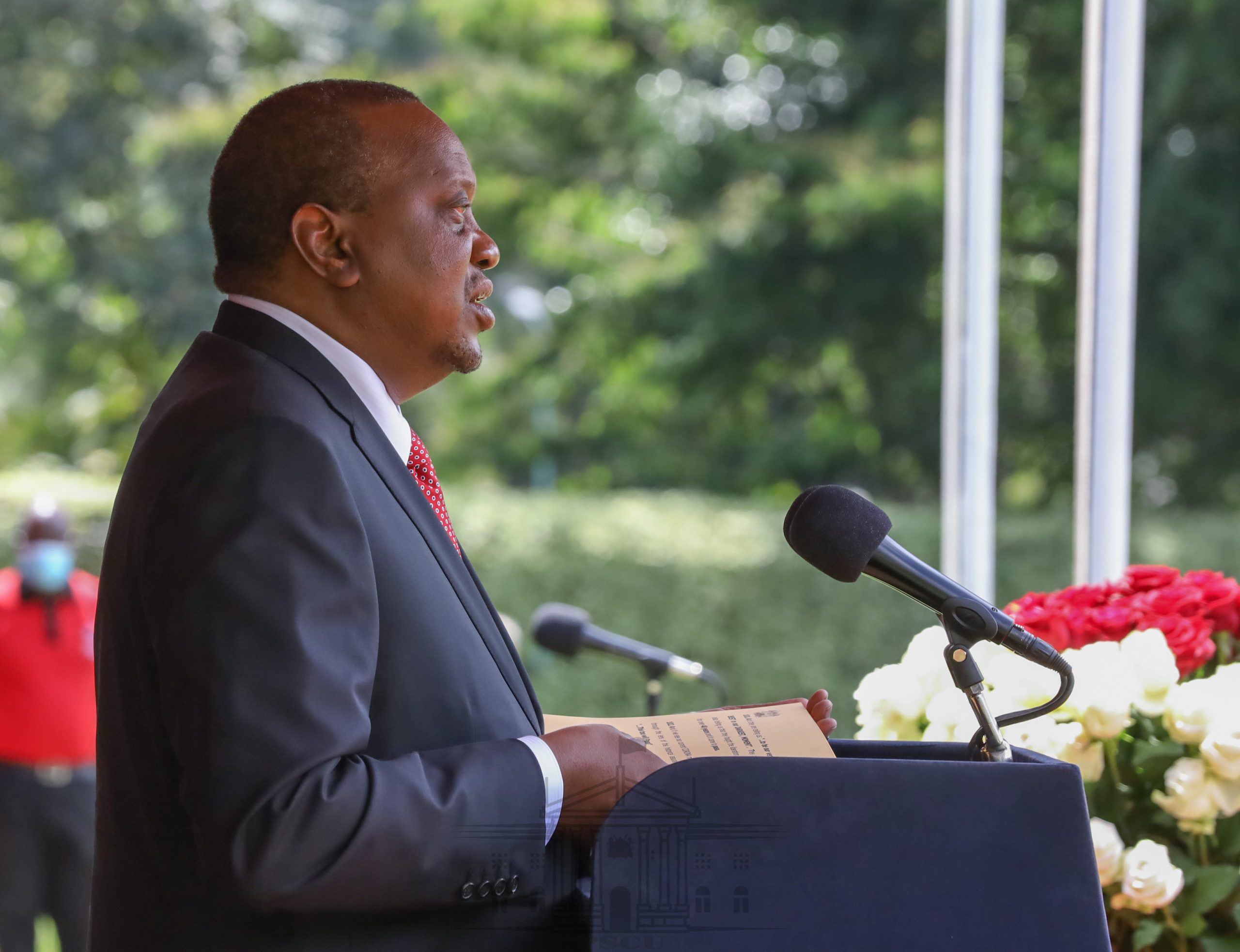


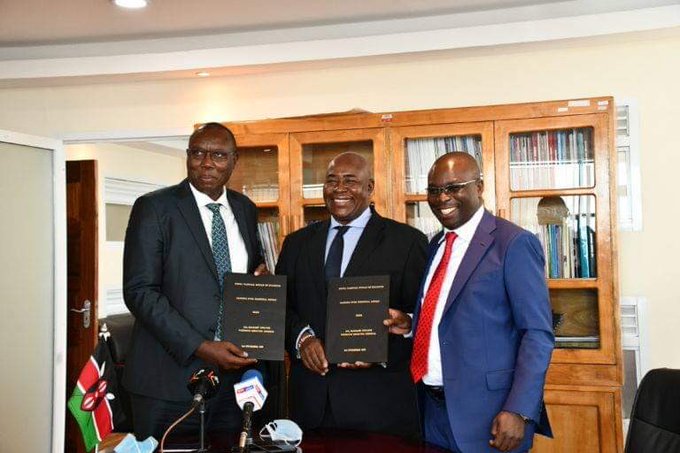

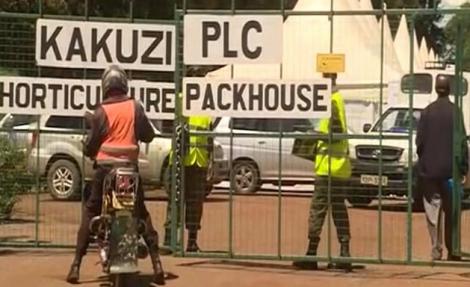
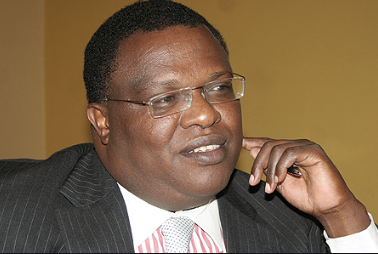
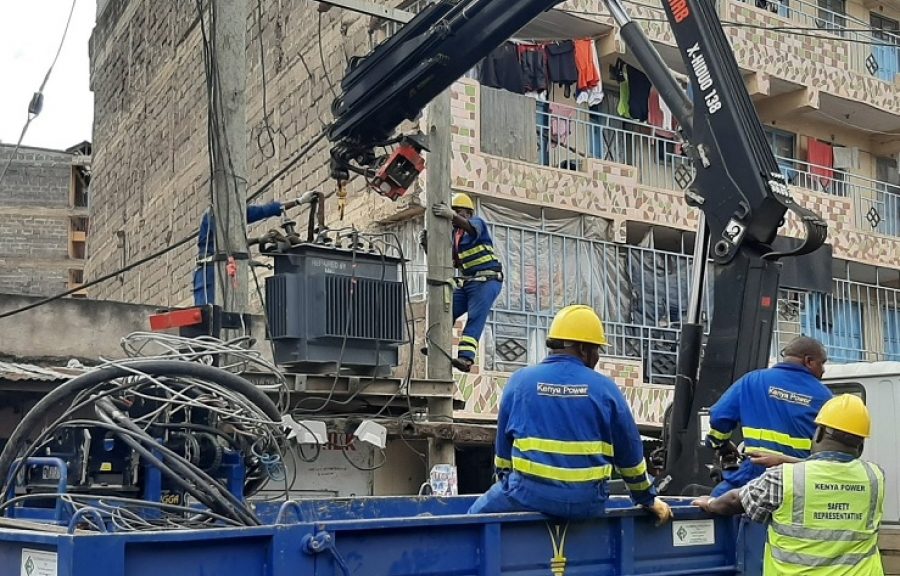
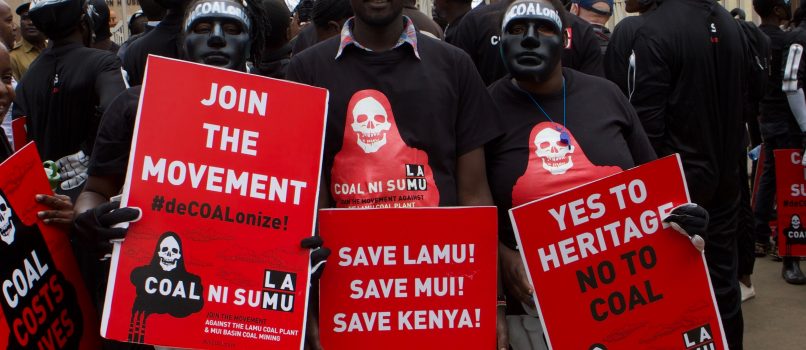
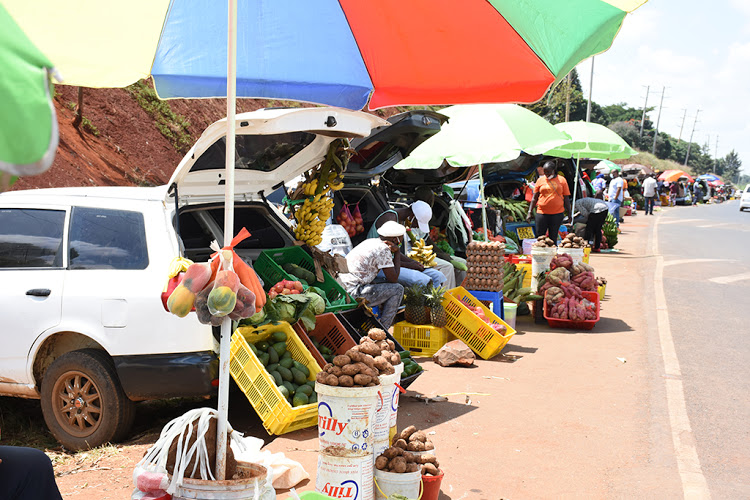
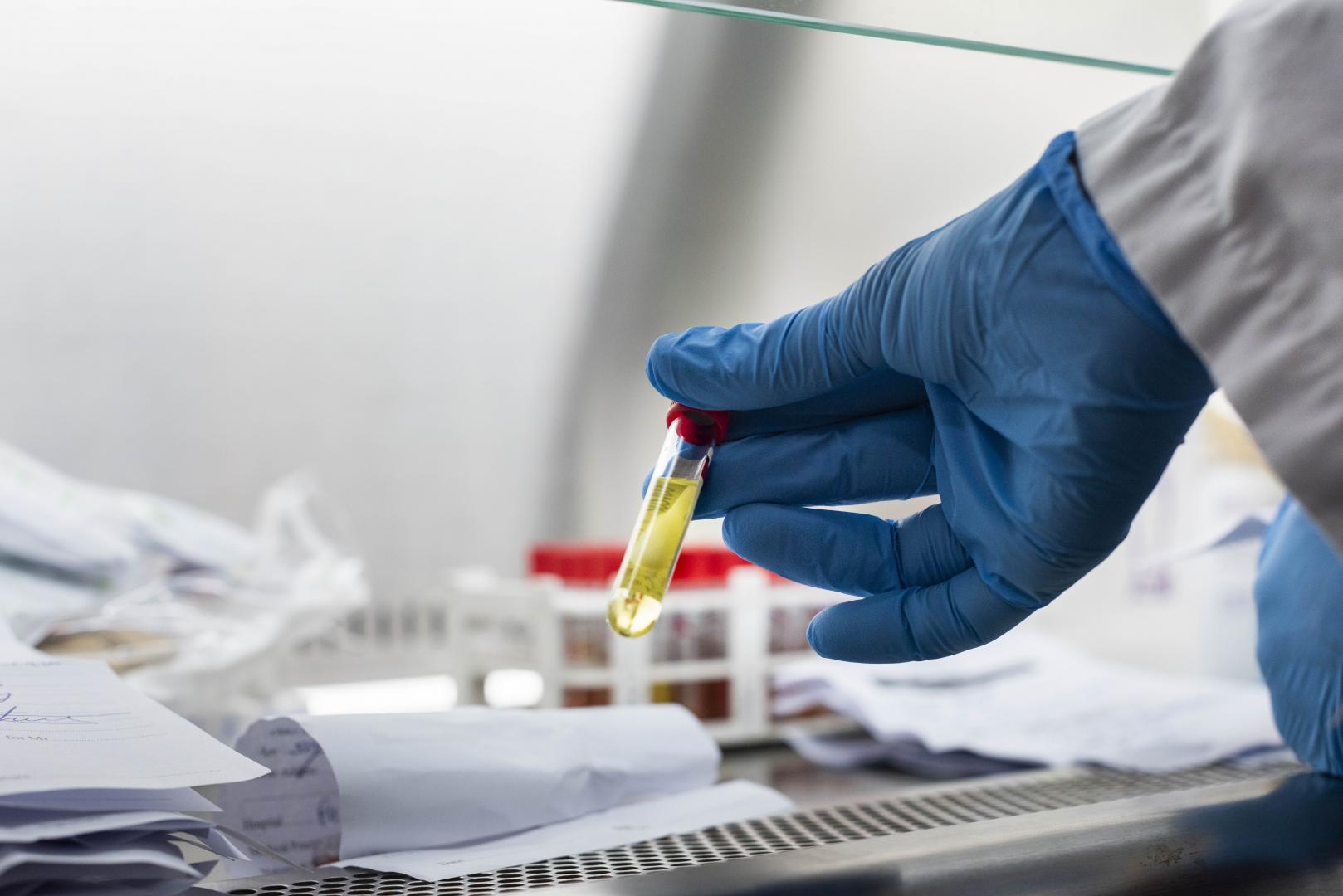
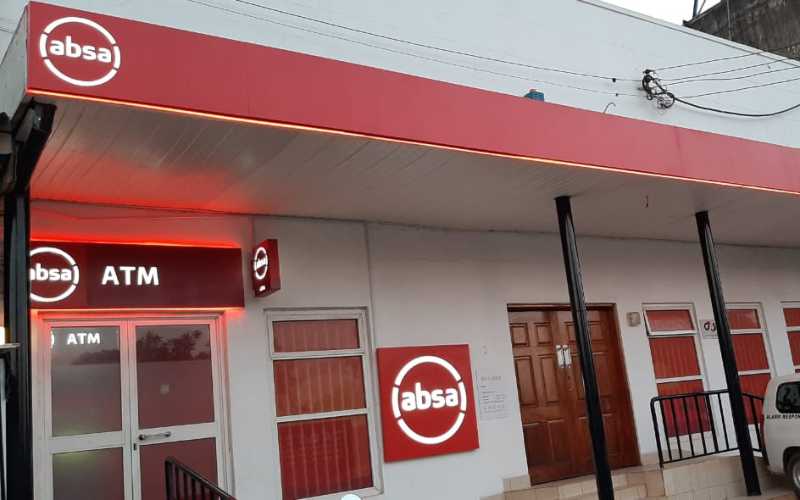


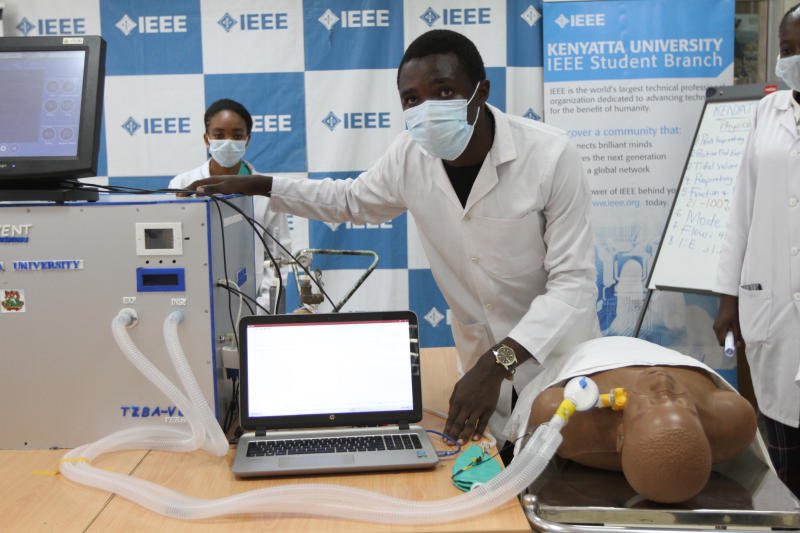


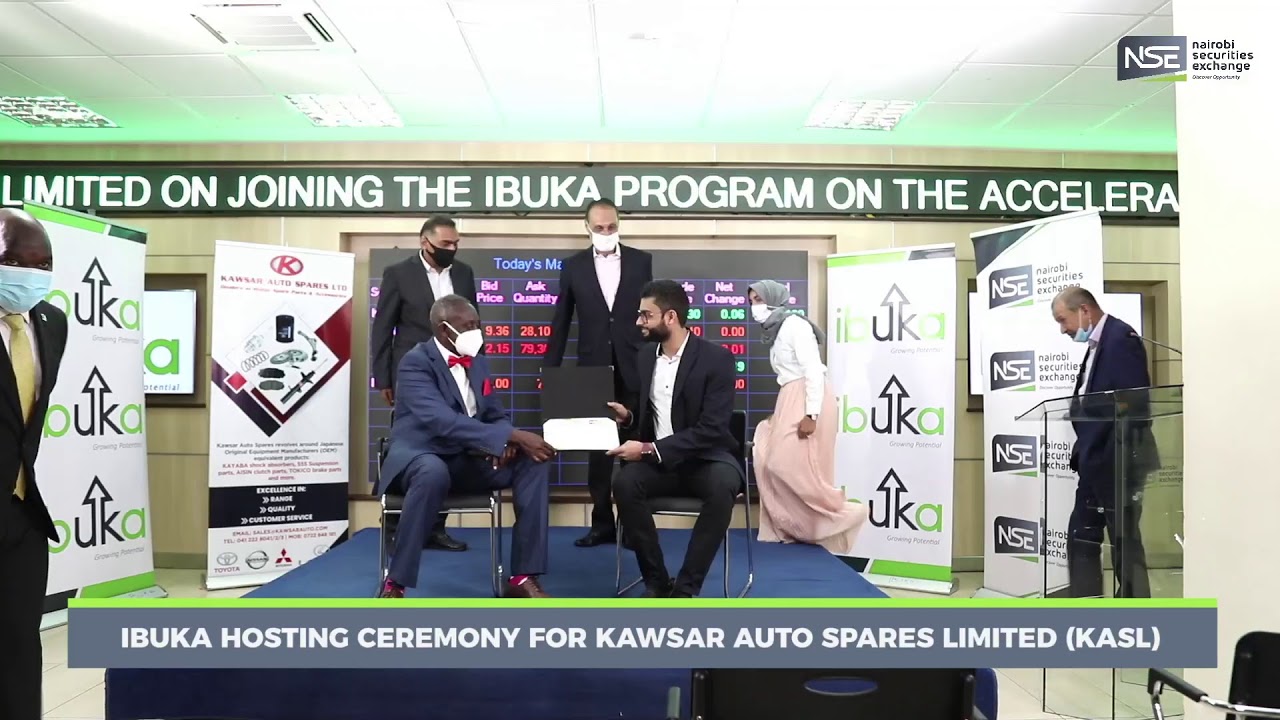
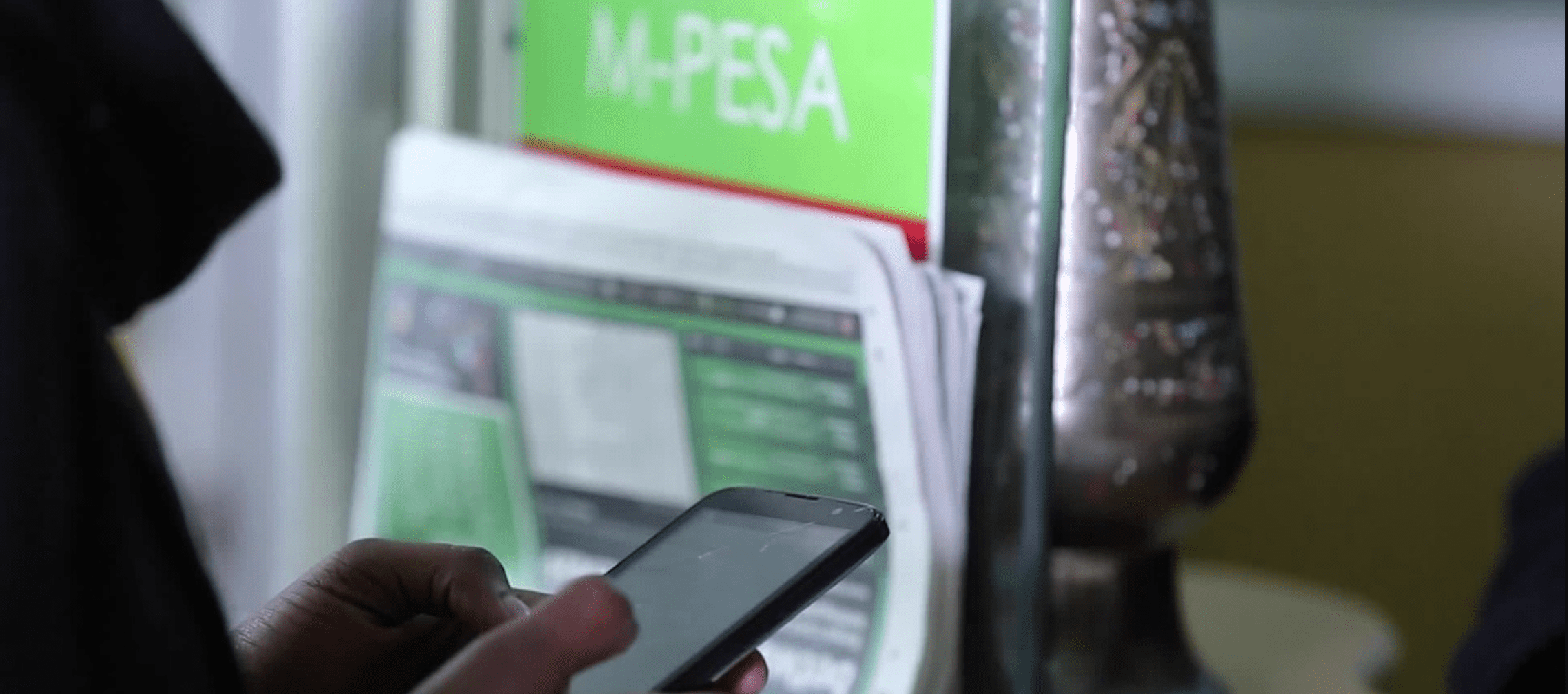

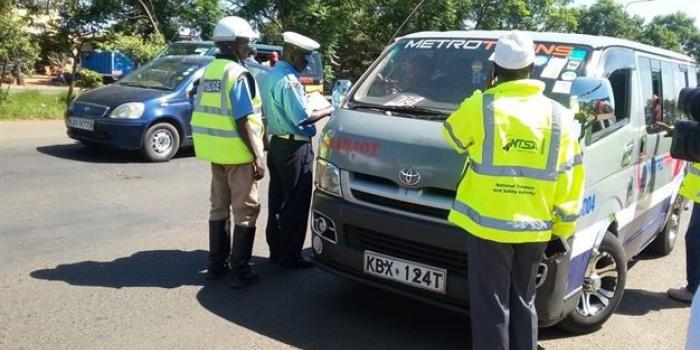
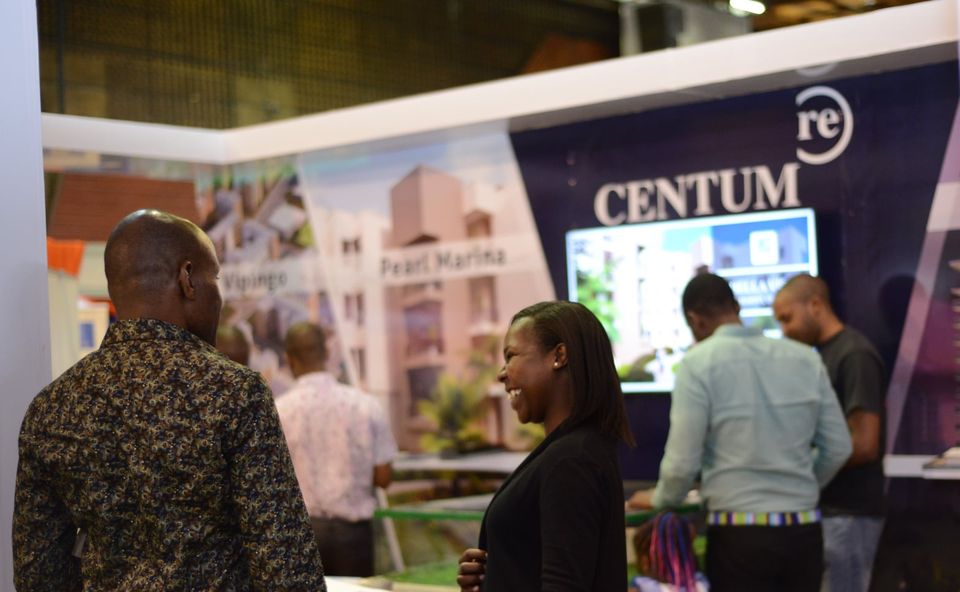
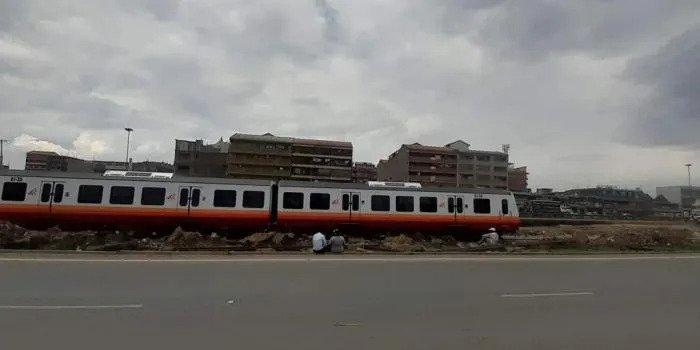
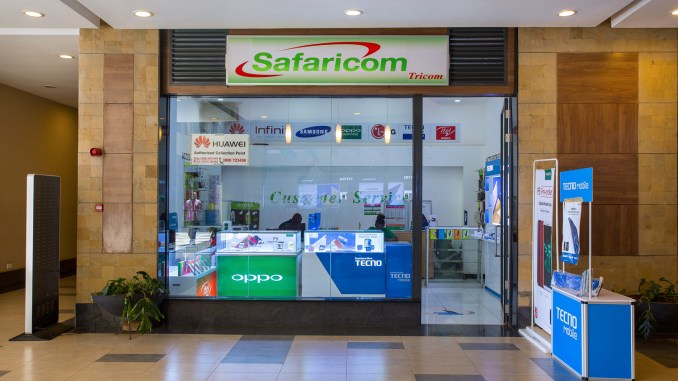
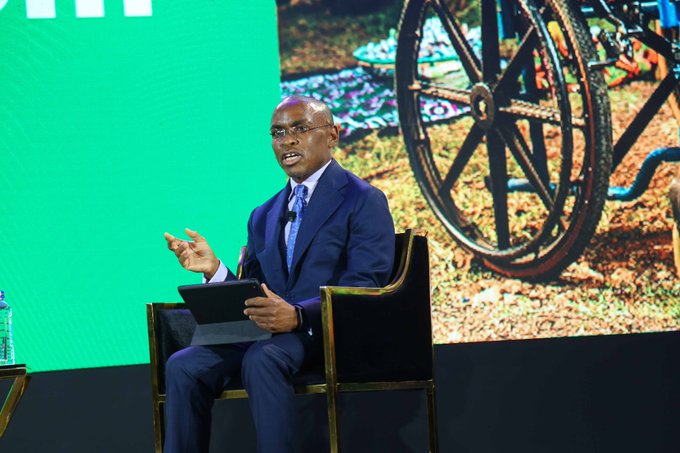
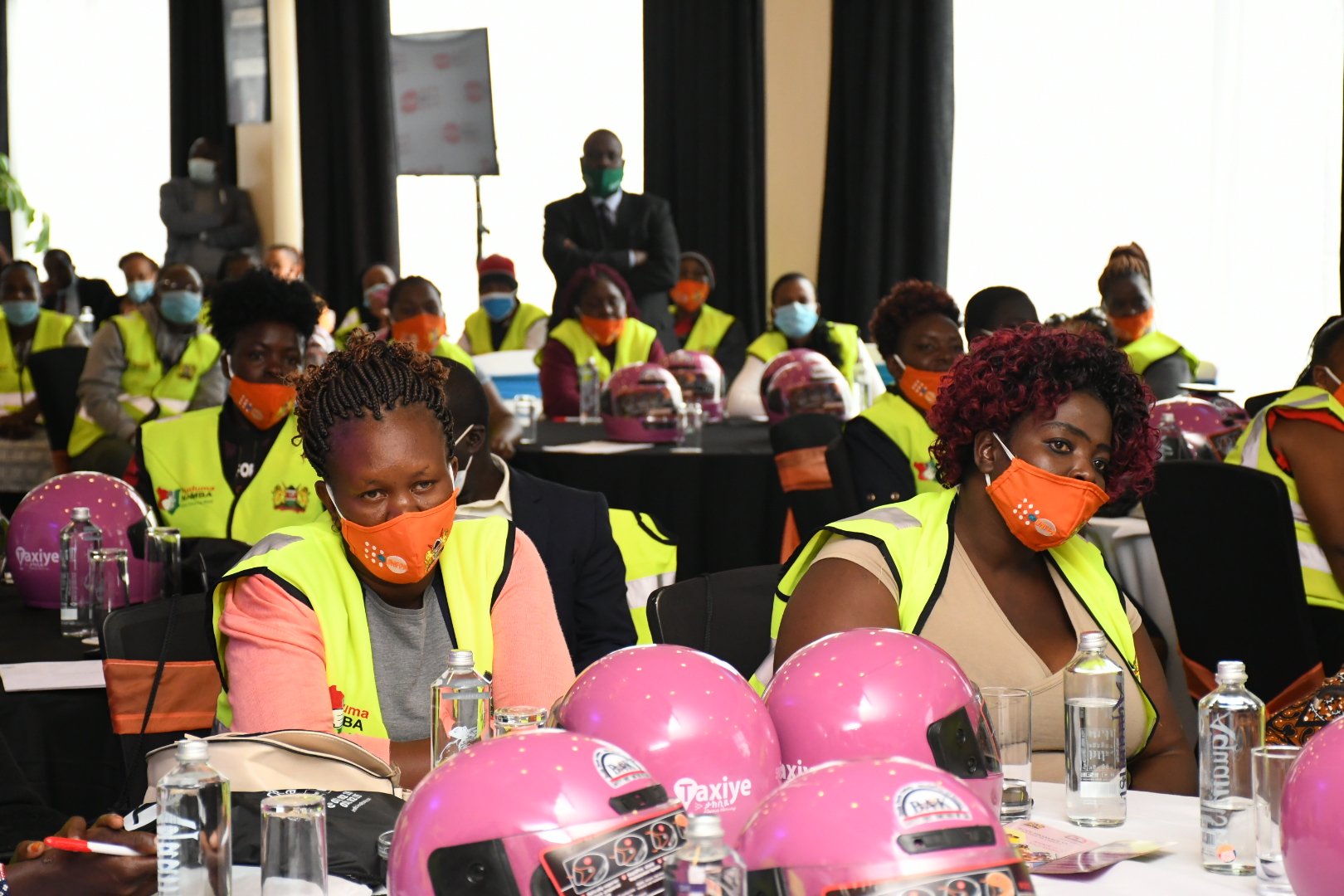







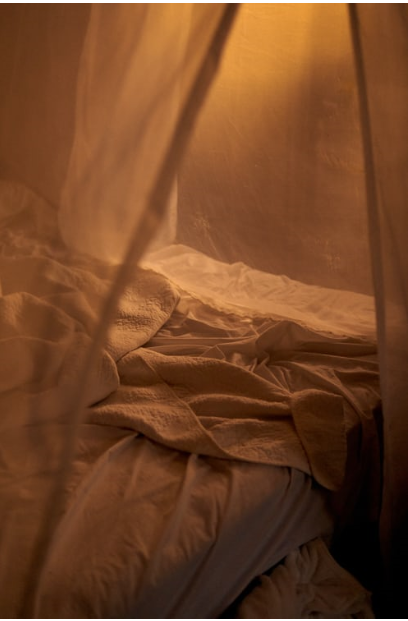
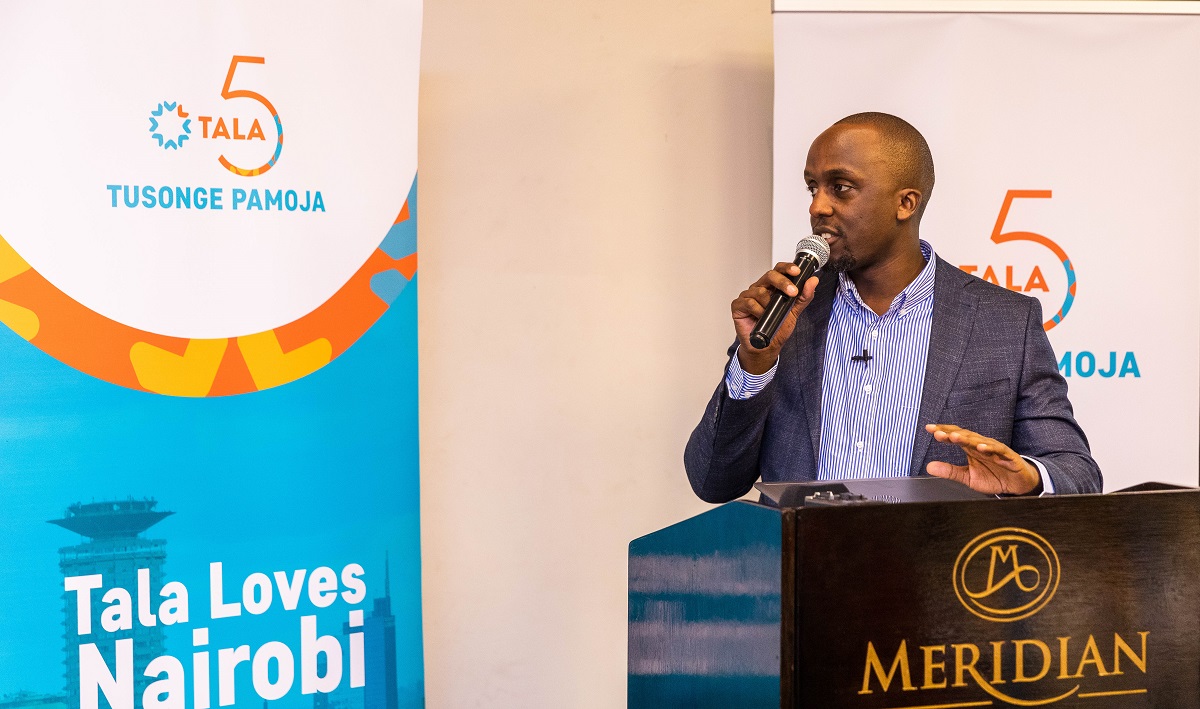
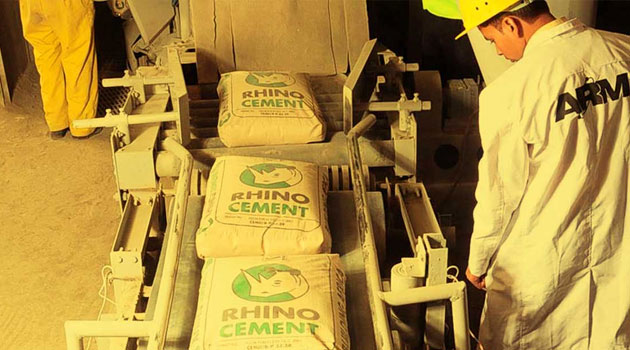




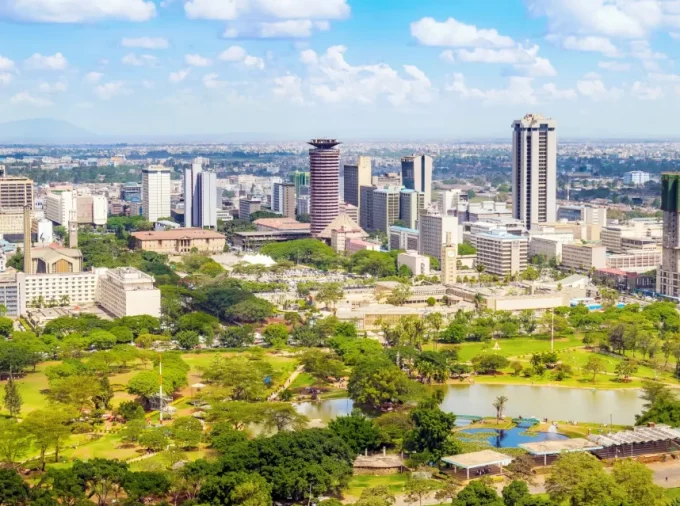
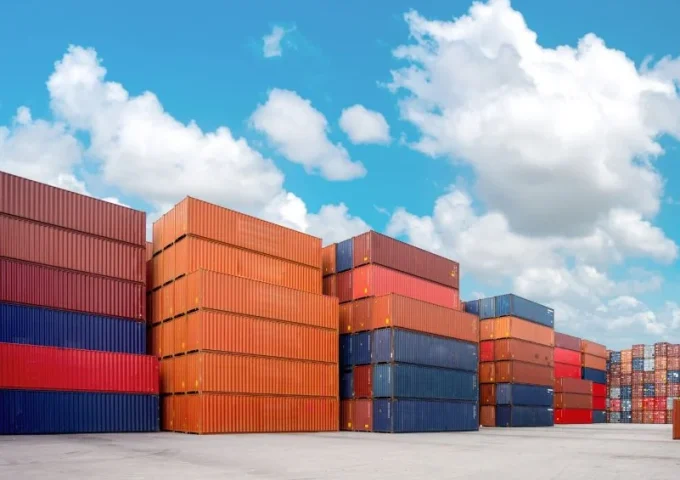
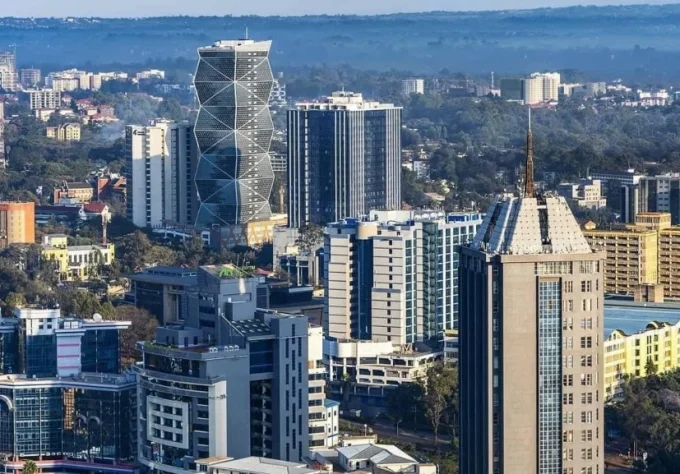
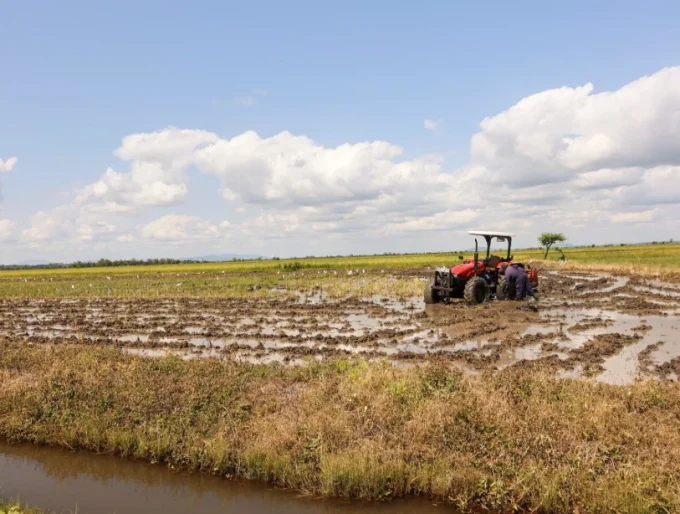
Leave a comment